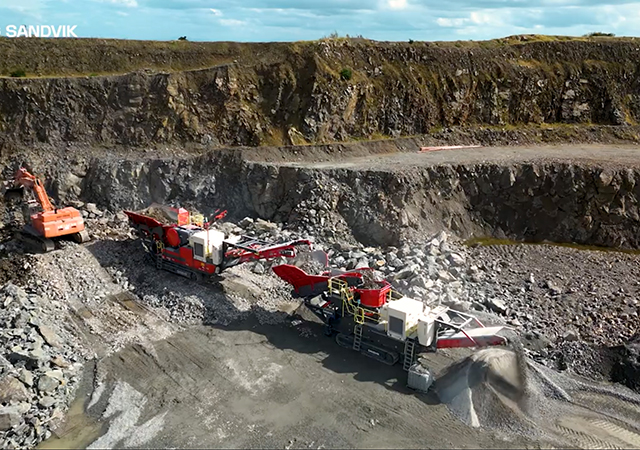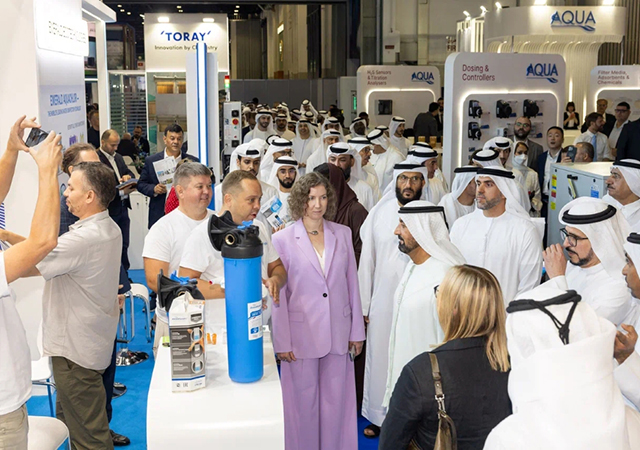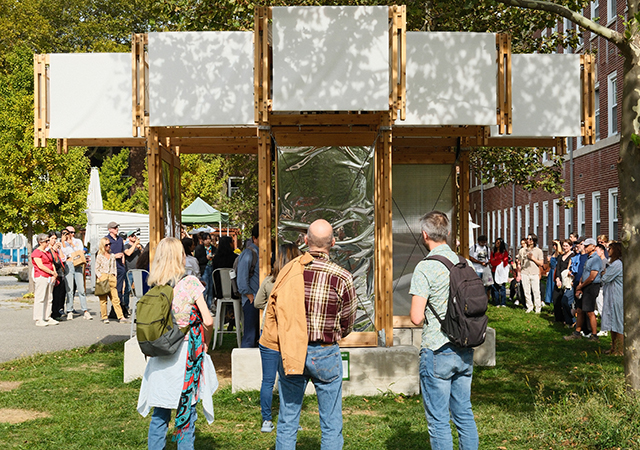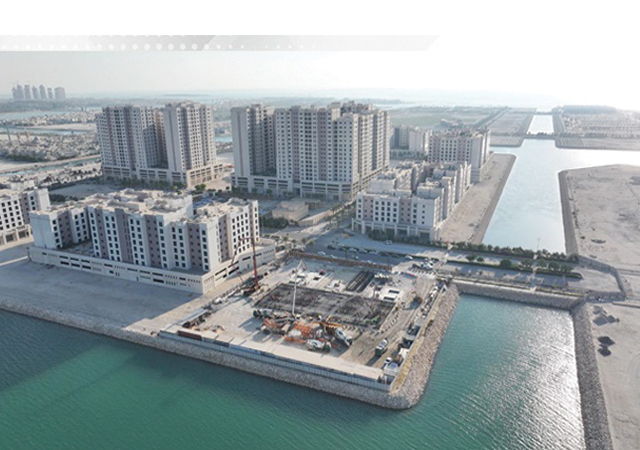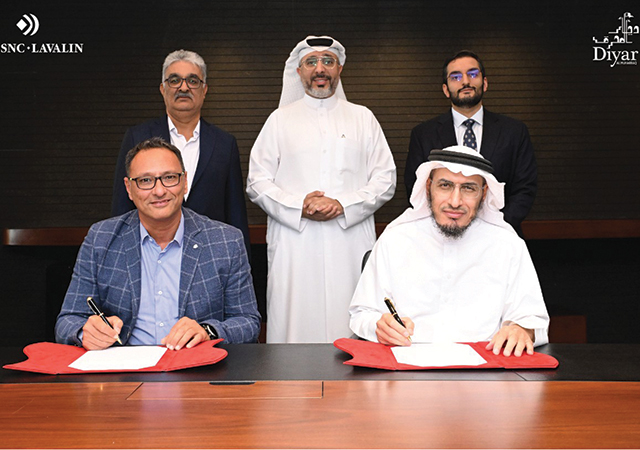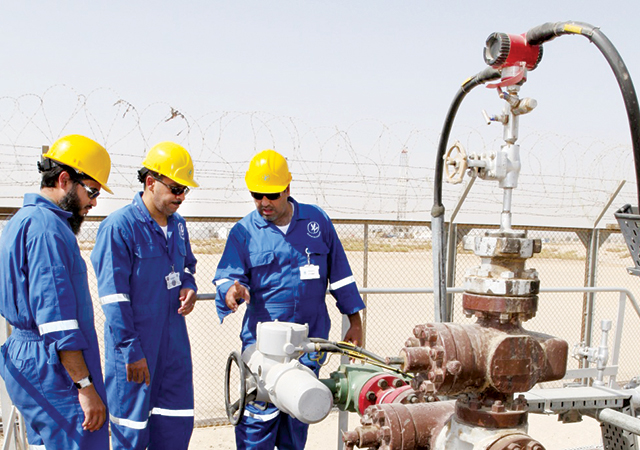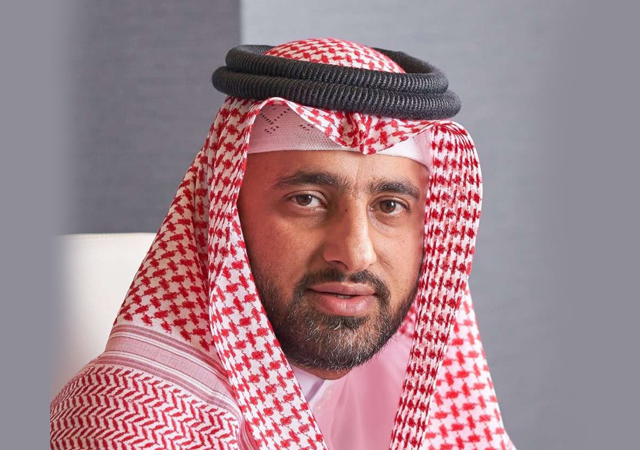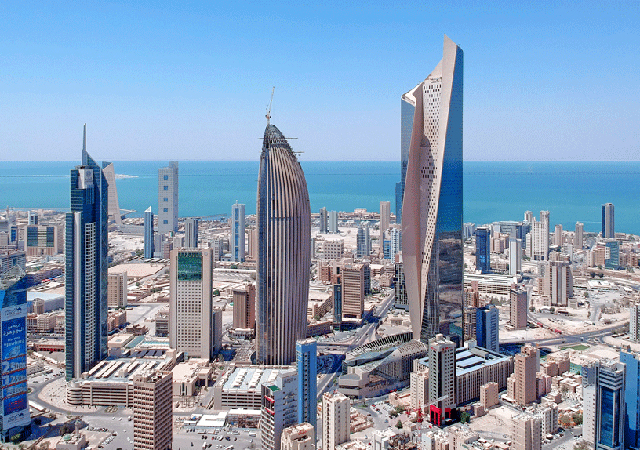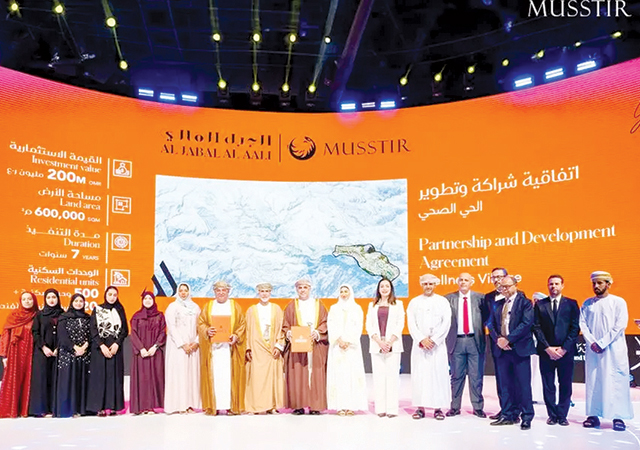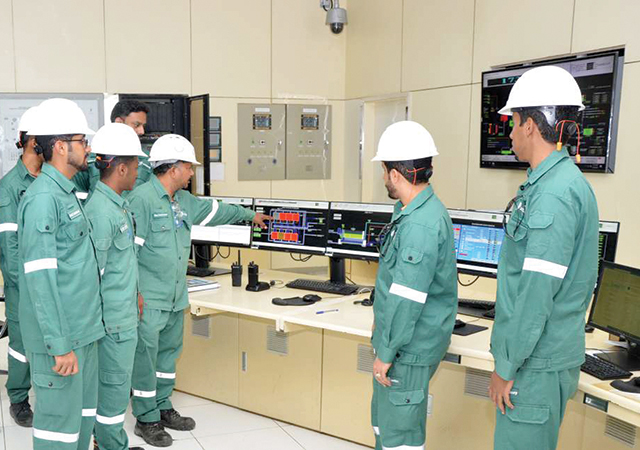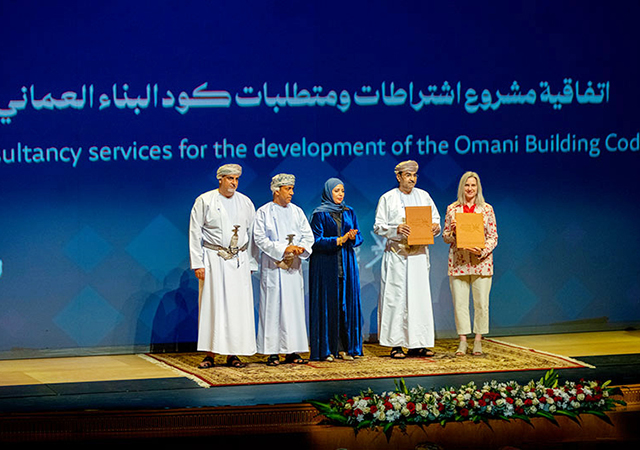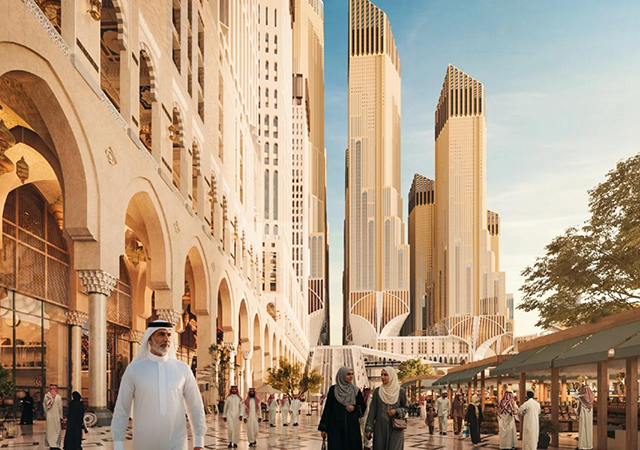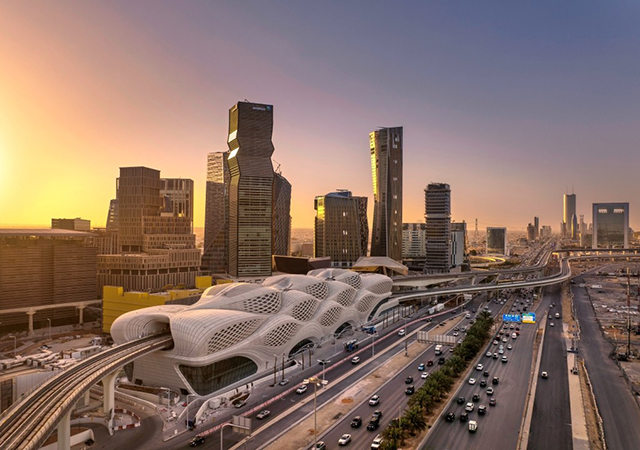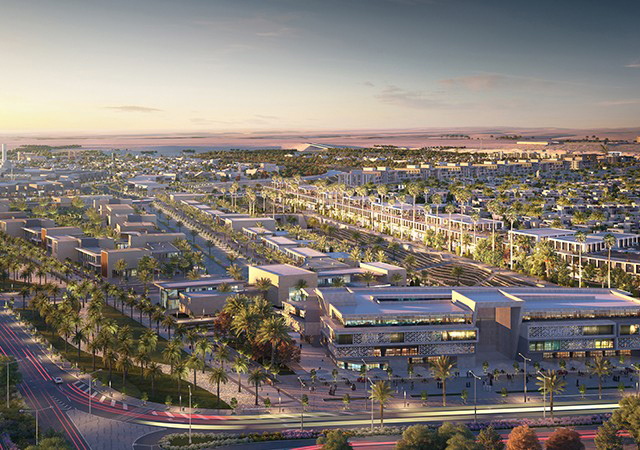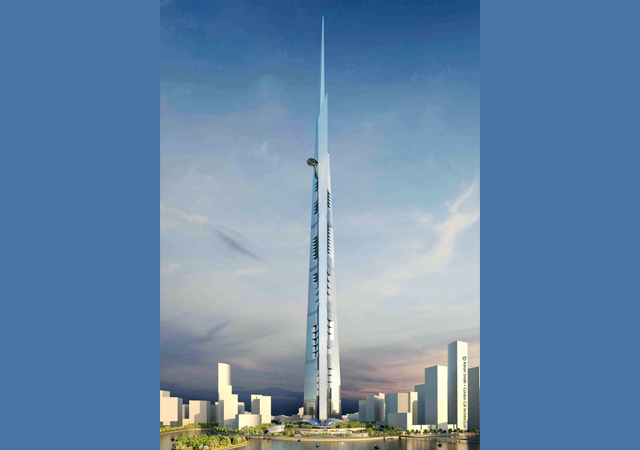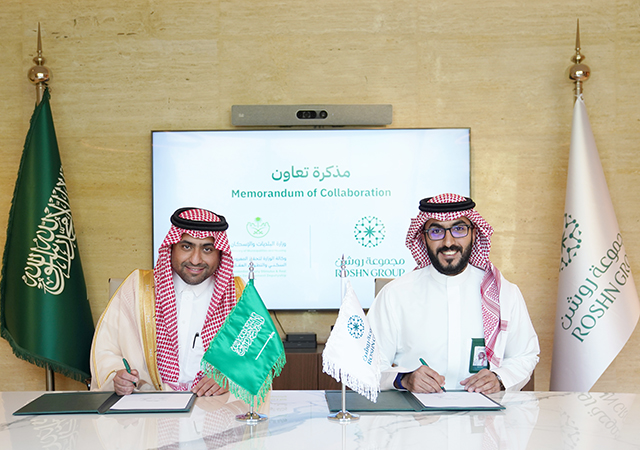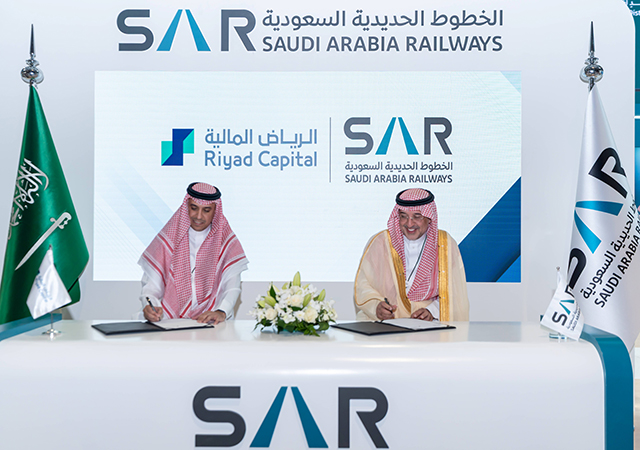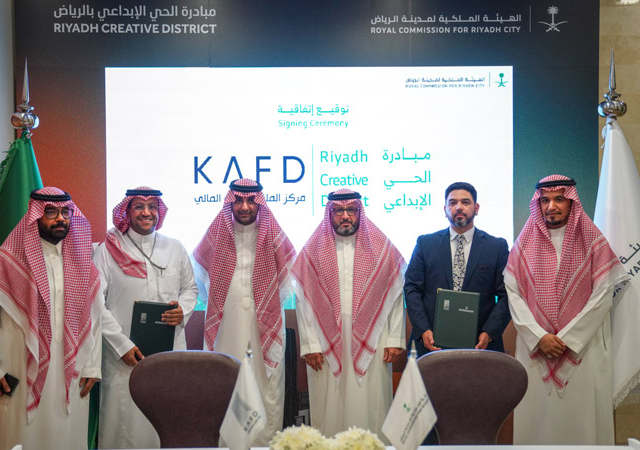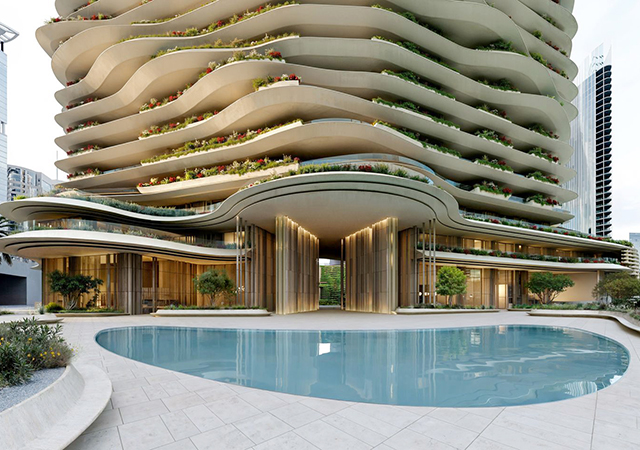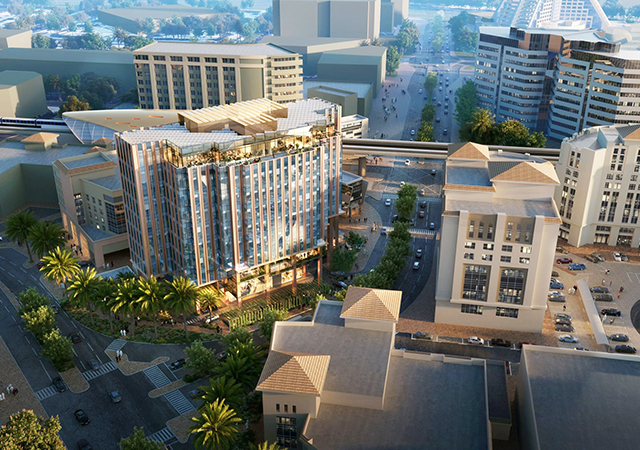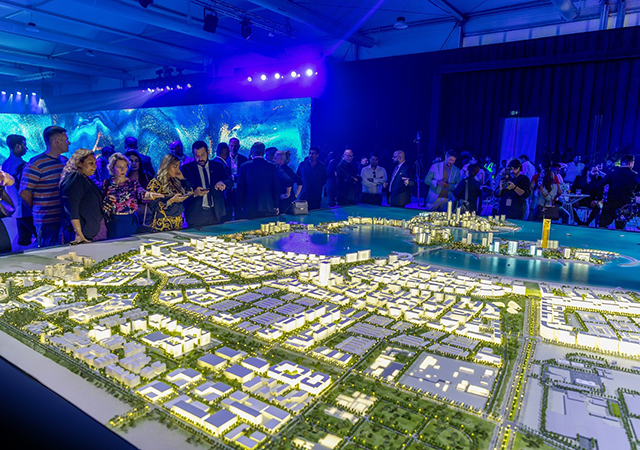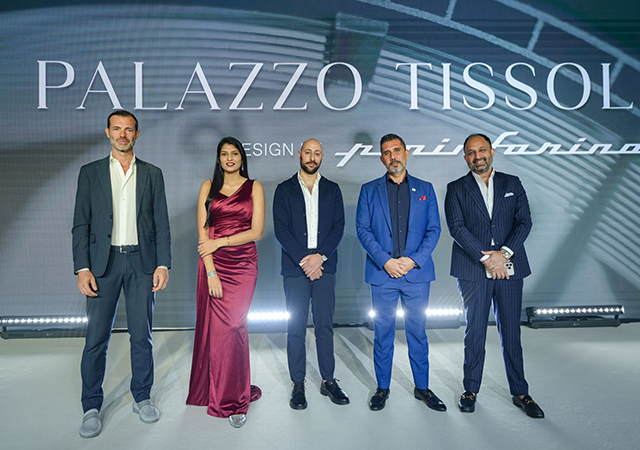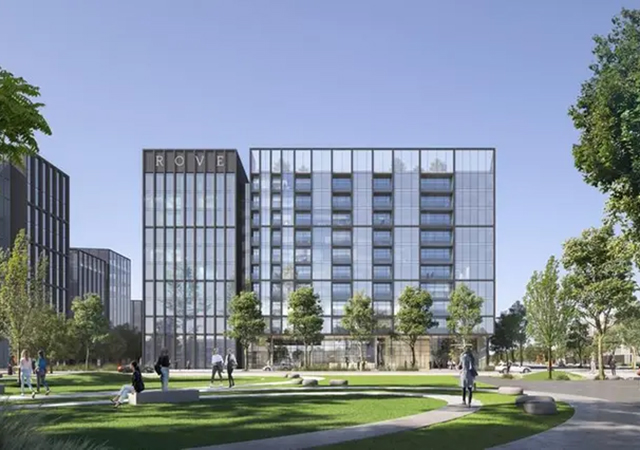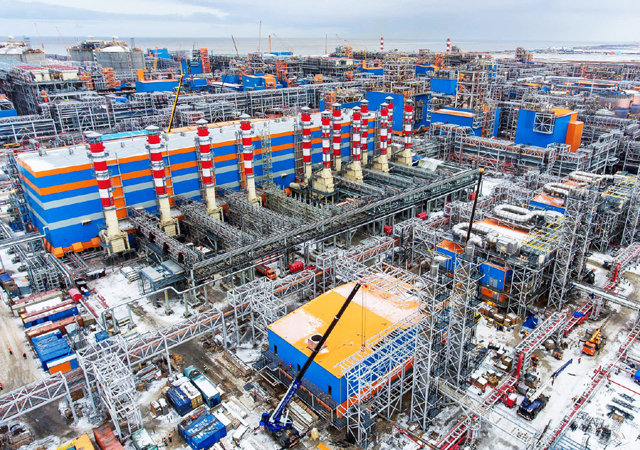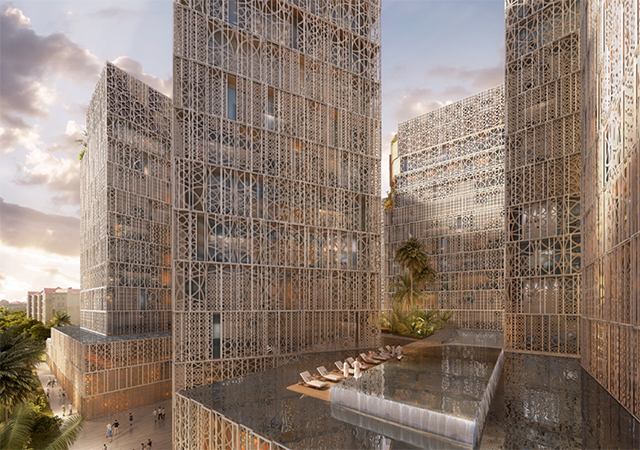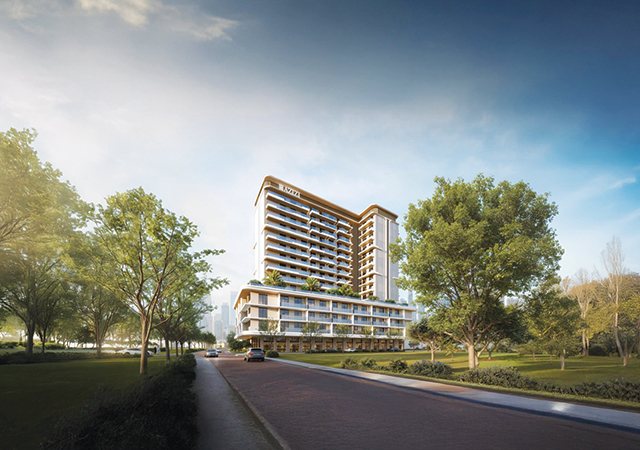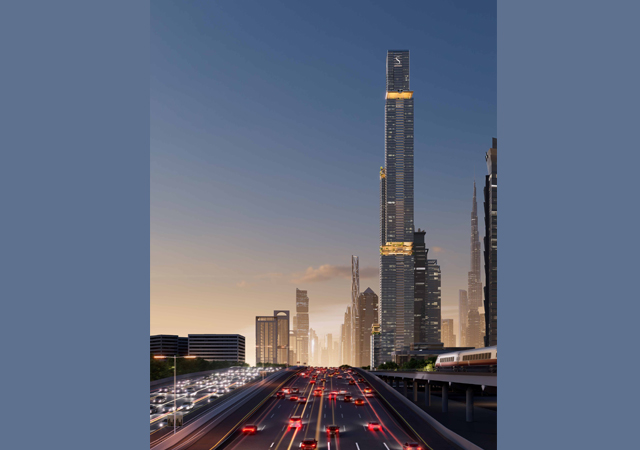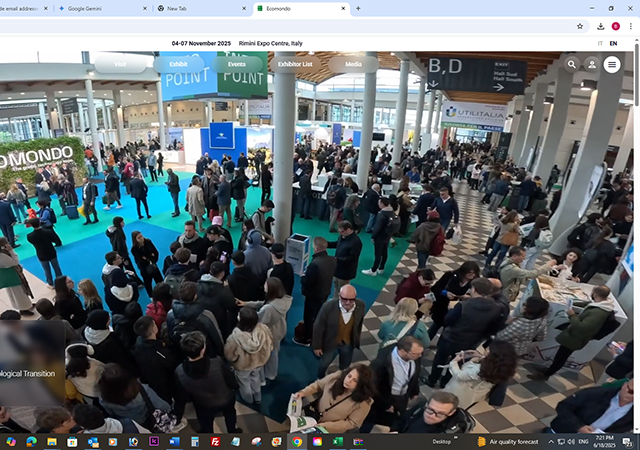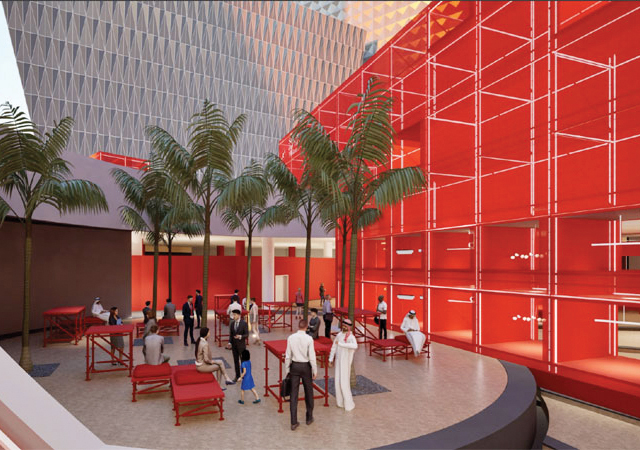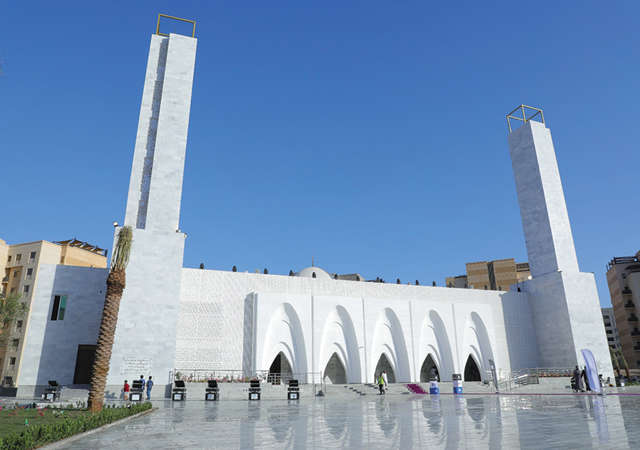 The 5,600-sq-m Abdulaziz Abdullah Sharbatly mosque.
The 5,600-sq-m Abdulaziz Abdullah Sharbatly mosque.
The world’s first mosque built using 3D printing was recently inaugurated in Saudi Arabia, showcasing the potential of this innovative technology to speed up construction in the region, by enabling prefabrication of building components or even the creating entire structures on-site.
Located in the Al-Jawhara suburb of Jeddah, the 5,600-sq-m mosque stands as a testament to the efficiency and precision of 3D printing. Completed in just six months – a significantly shorter timeframe compared to traditional methods – the structure was built using four advanced printers from Guanli, a Chinese company renowned for its 3D printing technology.
The project’s driving force was Saudi businesswoman Wajnat Abdulwahed, who leads Forsan Real Estate. She envisioned the mosque as a tribute to her late husband, Abdulaziz Abdullah Sharbatly, but her vision extended far beyond a personal memorial.
“I wanted to contribute to introducing this modern technology to the kingdom, positioning it among the first countries to utilise it,” Abdulwahed said in a statement.
Abdulwahed stands out as a pioneer in employing 3D printing technology for mosque construction in Saudi Arabia, pushing the boundaries of innovation and progress. She is reported to have not only succeeded in creating building prototypes using this groundbreaking technology but also rigorously tested the printer’s outputs to ensure they meet the stringent municipal and regulatory standards of the Saudi environment, marking a significant milestone in the field.
The deployment of 3D printing technology in the creation of the world’s first mosque of its kind heralds a new era of innovation in the construction and architectural sectors. This pioneering project showcases the vast potential of the cutting-edge technology in reshaping architectural practices.
Beyond speed, 3D printing technology stands out for its ability to transform a three-dimensional digital model into a tangible object. This object can be crafted using a 3D scanner or designed with specialised computer-aided design (CAD) software.
The creation process, known as additive manufacturing, methodically prints successive layers one on top of the other to form the final shape. This innovative approach contrasts sharply with traditional moulding and sculpting, where significant volumes of raw materials are wasted in the manufacturing processes.
According to an Arab News report, the minarets were designed to make the Abdulaziz Abdullah Sharbatly mosque a distinctive landmark within the neighbourhood. The design of the open outdoor area was inspired by Hijr Ismail beside the Kaaba in the Grand Mosque, serving as an extension for worshippers outside the mosque during Friday prayers, Taraweeh prayers during Ramadan and Eid.
Elaborating on the aesthetics of the mosque’s interior and exterior, she told the newspaper: “The design concept of the mosque was based on fostering a sense of tranquility among worshippers through the principle of gracious hospitality.
“Therefore, the mosque’s design was centered within a circle that can be easily oriented towards the qibla. Attention was paid to the building’s mass and its relationship with natural light, the design of entrances and gates, and the exterior facades to reflect the architectural identity.”
The biggest challenge, according to her, was building with 3D printing. This new technology is complex and requires high precision, literally turning a digital design into a real structure. Unlike traditional methods, it demands a completely different approach from the design stage onwards.
She emphasised the importance of balancing innovation with tradition. The mosque design must retain its core purpose while incorporating elements that reflect the King Salman Urban Charter’s values, the cultural heritage of Hejazi architecture, and a modern aesthetic, Abdulwahed said.



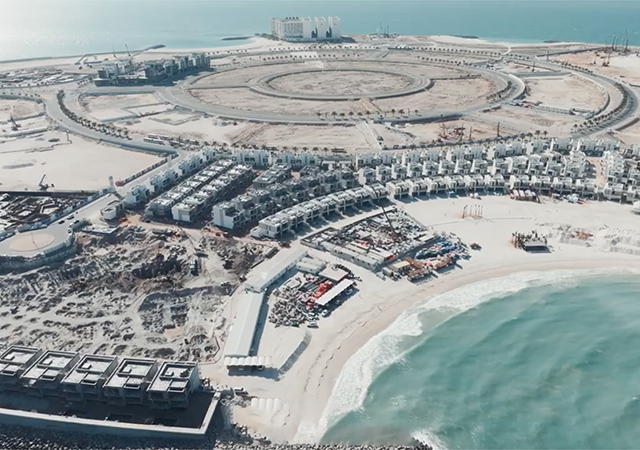


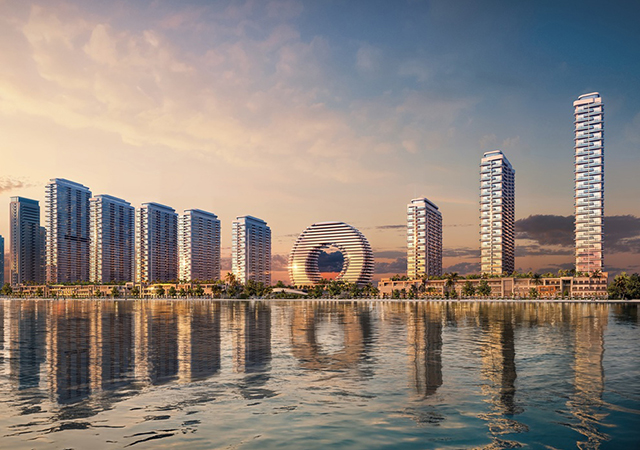
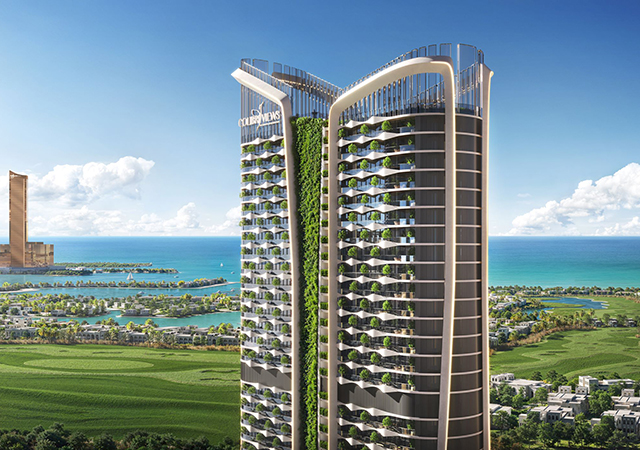
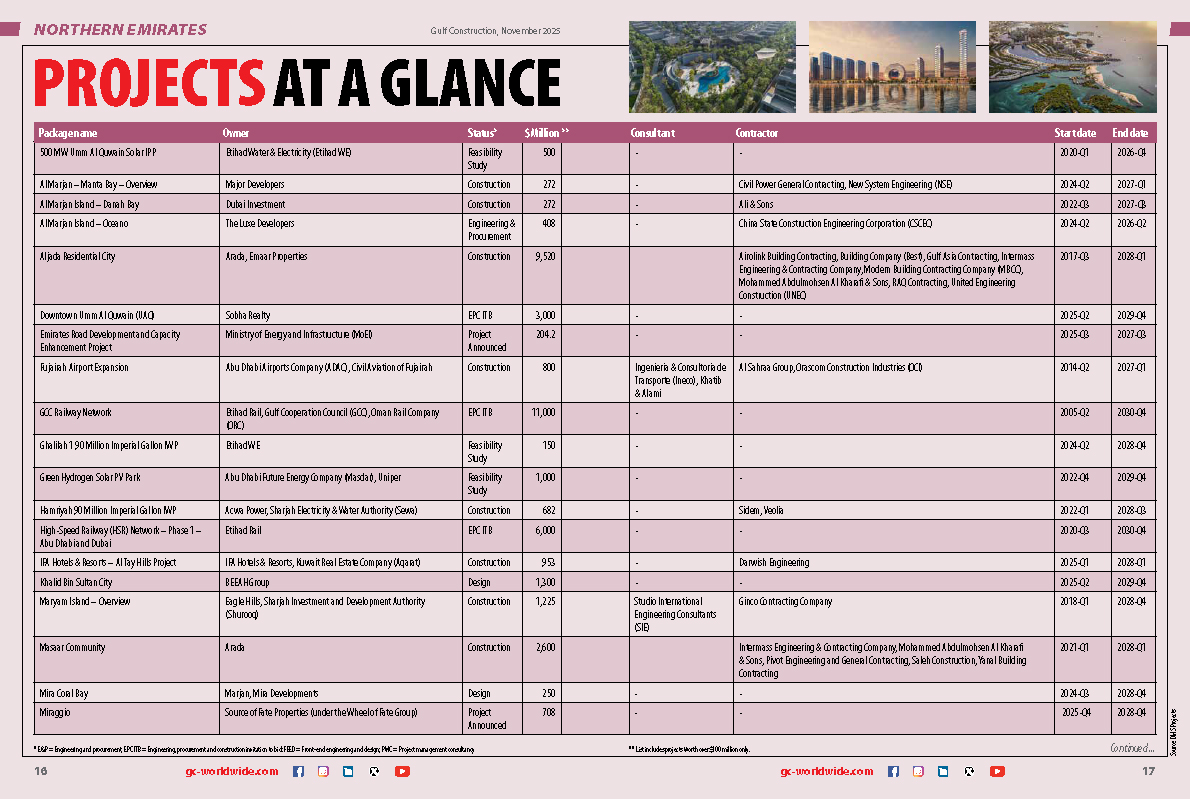

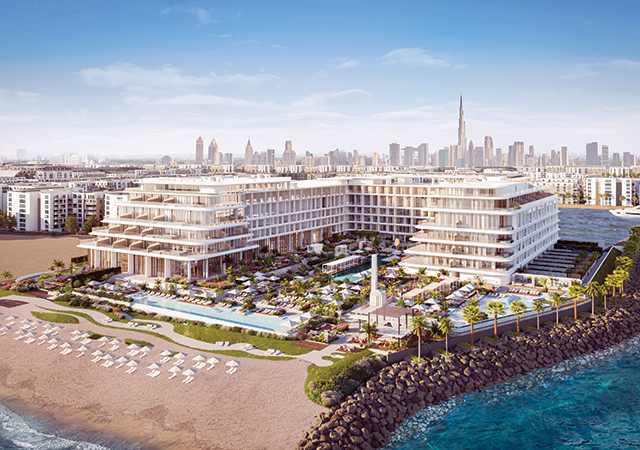
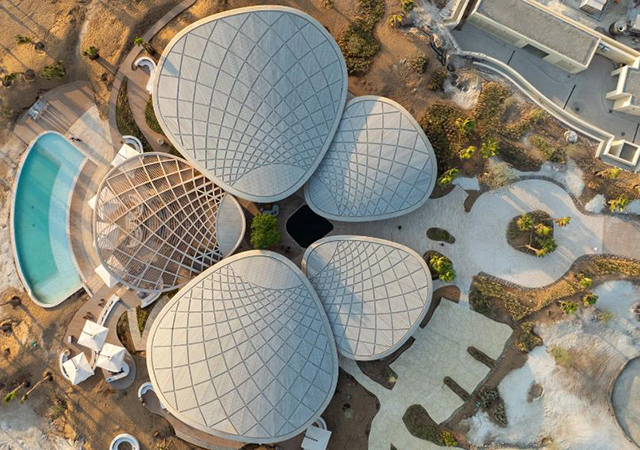

(5).jpg)


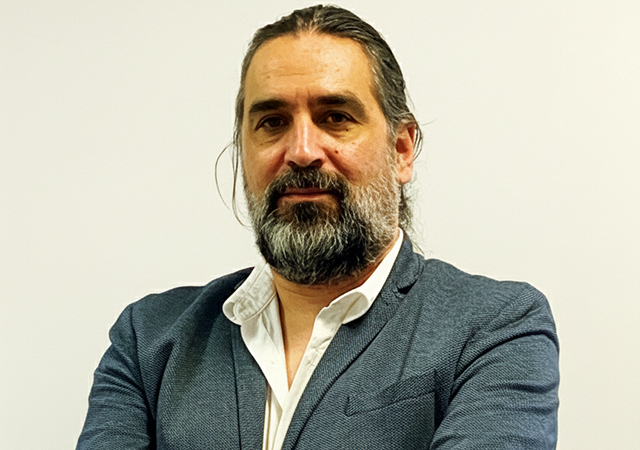
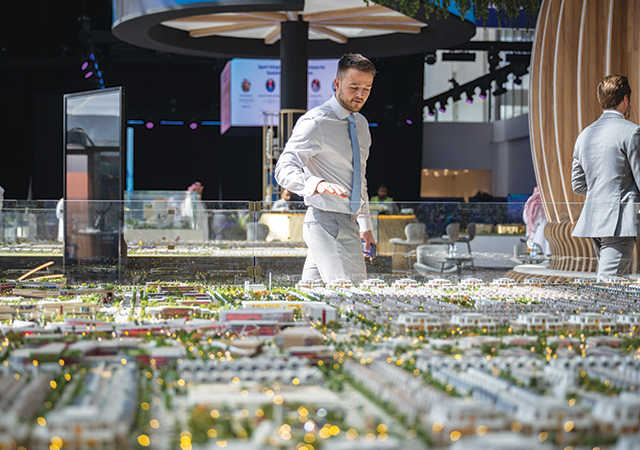
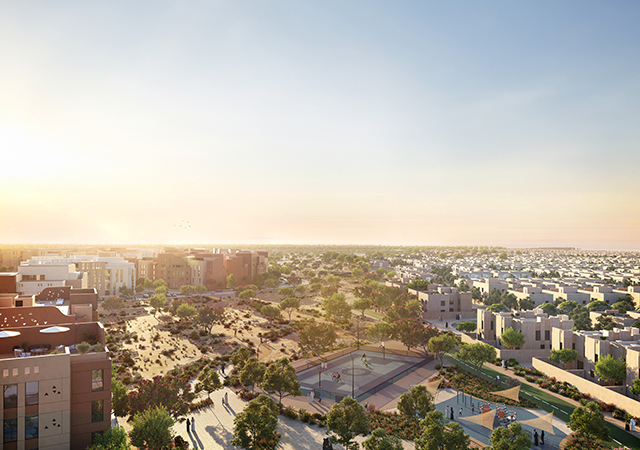
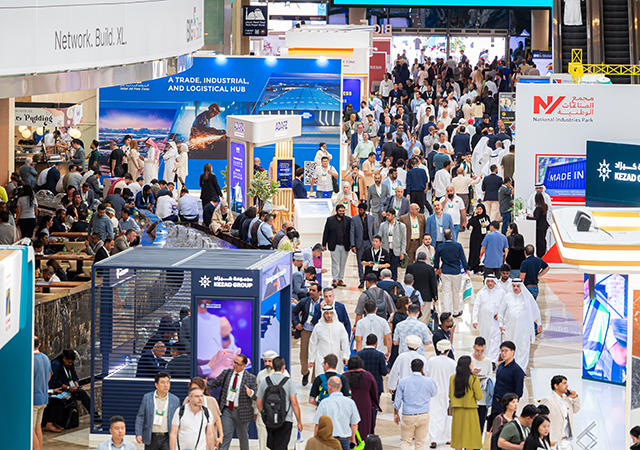
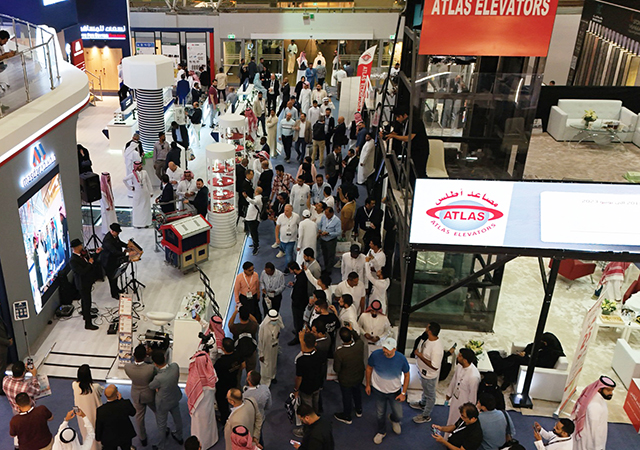
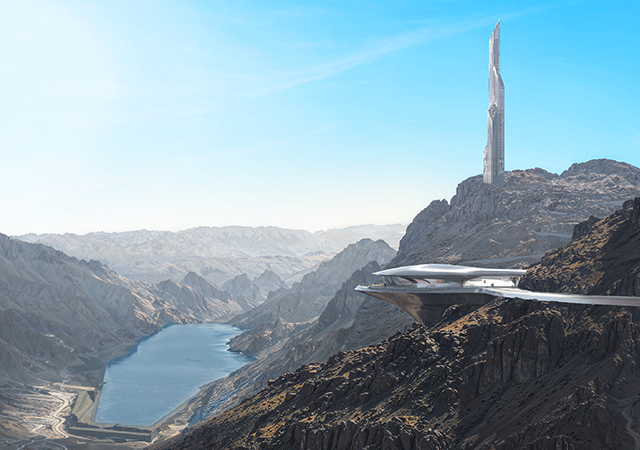
.jpg)



